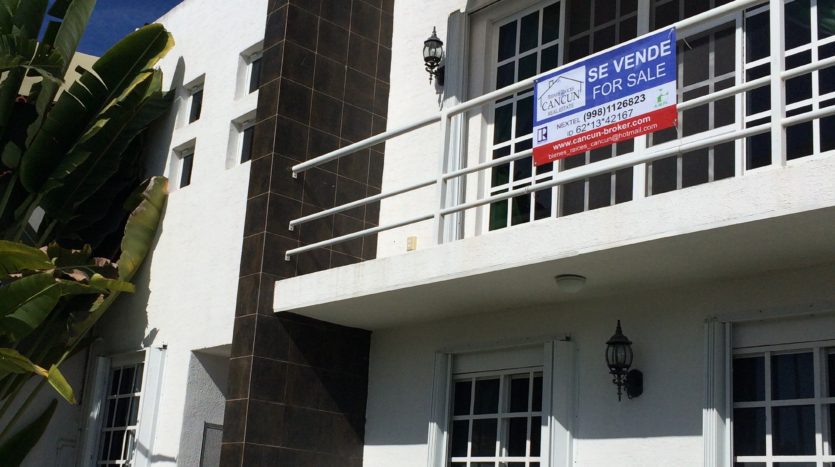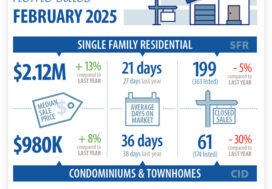
10 Red Flags at an Open House
In competitive markets, like ours, you often will walk into an open house that most likely has been deep cleaned, scented, upgraded and staged to impress you. However, you should proceed with caution.
Here are 10 red flags to guide you in an open house (which I suggest you DO NOT do on your own for many reasons, but instead have a competent Realtor accompany you).
Red flag No. 1: Too much scent
The more aggressive the scent, the greater the likelihood the seller is taking precautions to mask a more offensive odor.
Take a deep whiff in every room you enter, and look closely at walls, ceilings, and flooring for signs of pet accidents, mildew, or smoke.
Red flag No. 2: Poor tiling
It may indicate a Do-It-Yourself job, which may or may have not been done properly and other potential flooring problems may be present.
Red flag No. 3: Foundation issues
Most houses have hairline cracks, which just indicate the house is settling (or has settled) into its position, but large gaps may signal bigger issues. Other things to look at: sticky doors, visible cracks above the doors or windows.
Red flag No. 4: Signs of deferred maintenance
This can be something simple like burned-out light bulbs, long grass, leaky faucets, or faded paint. What constitutes good maintenance? Flushing the water heater annually, changing the air filters at appointed times, inspecting the roof for leaks, and making sure the house is ready for all-year weather.
Red flag No. 5: Nearby water
If the house is near a creek or the Bay, it may look great, with beautiful views. But with the rainy season (which was off the charts this Winter), will it flood, or has is flooded? Will it be insurable for flood risk? It can very expensive.
Red flag No. 6: Windows That Don’t Operate Correctly
Take a second to pull back the curtains to check for uneven frames, and then give the windows a tug to make sure they slide easily. If they stick, it could be a sign of foundation issues, poor installation, or inferior quality windows—the only fix being expensive—new windows!
Red flag No. 7: Mold
To detect possible signs of mold while wandering through an open house, discreetly open bathroom and sink cabinets to take a look around water pipes or drains, Even small black or gray spots indicate that more serious issues may be lurking.
Red flag No. 8: Water damage
A musty odor can indicate water damage, even if you don’t see standing water. Check walls and ceilings for water lines; they likely indicate flooding from a leak or a burst pipe that may have caused internal damage. Also, take a peek at exposed piping in basements or laundry rooms, and check for rust, water stains, or leaking.
Red flag No. 9: Cosmetic enhancements
That one freshly painted wall could be an accent wall, or it could be hiding something like a patch of mold. You can lift area rugs to check hardwood flooring, making sure they’re not stained or damaged by pets.
Red flag No. 10: Improper ventilation
Without adequate interior ventilation, moisture sticks around, which can create mold and increase allergies. The tipoff: Look for condensation on windows or slightly bubbled or peeling paint around windows, doors, or vents. This can indicate moisture in the walls and ceiling drywall.
The bottom line on the open house: Be attentive, knowing that the home inspection you will order (when your offer is accepted, for example) will most likely detect many of these problems, but knowing about them will help you the next time you are at an open house.
I always attend open houses with my clients, and we regularly go through a list of things to look out for. Call me at 650 483-4932 and we can work together to make sure your next house will be worth it.





